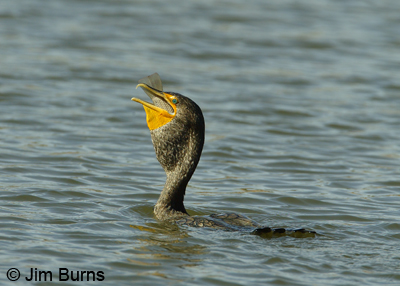
On page 75 a model is posed on the deck of a wooden punt steered by an elderly Chinese fisherman holding a fishing cormorant in the background. Birds and boobs! Really? This is the ubiquity of birds and the co-mingling of our modern culture (wink, wink) and the ancient rhythms of civilization. But I’d have gone close-up on the cormorant, not the model, because cormorant fishing has more to do with the real world than posing, in China for God’s sake, swimsuit models shilling a quarter of a yard of fabric costing $250. We are reminded, of course, of past cultures in which birds were the economic lifeblood of society.
For many ancients, birds were also the foundation of spiritual life. The second reminder was a conversation with a client, a working professional trained in the sciences, who knows about my birding thing and is very interested in birds herself. She told me a story about the release of white pigeons at her grandmother’s funeral and wondered about the mixed feelings we have about this species, on the one hand celebrated symbol of grace and peace, while on the other hand filthy, unwanted pest.
Cormorant fishing has evolved because it’s a very inefficient way to catch fish, and it is now practiced in the orient primarily for the edification (and dollars) of affluent western tourists. Most bird travel outside North America and Europe has evolved in much greener and more humane ways. First birds were good to eat, then they were profitable to sell as pets, now they are helping to save our planet, their planet, because they are the heartbeat of ecotourism in the southern hemisphere, particularly Latin America, the so-called “bird continent.” The word is getting out. As habitat goes, so go the birds and the flow of ecodollars.
Call me delusional, but I feel birds are so embedded in our human DNA, so strong a fiber in the warp and weft of our species’ history, that we will soon arrest ourselves along the road to their extirpation. I am optimistic that birding and the idea of birds as a sustainable resource in developing countries will reach critical mass simultaneously and perhaps even in my lifetime. A world without birds is unimaginable. In a world without birds we, as a species, would not be the species we are now. Vote with your feet. Vote with your wallet. Bird often. Bird hard. If foreign ecotouring is on your bucket list, start checking off that list.